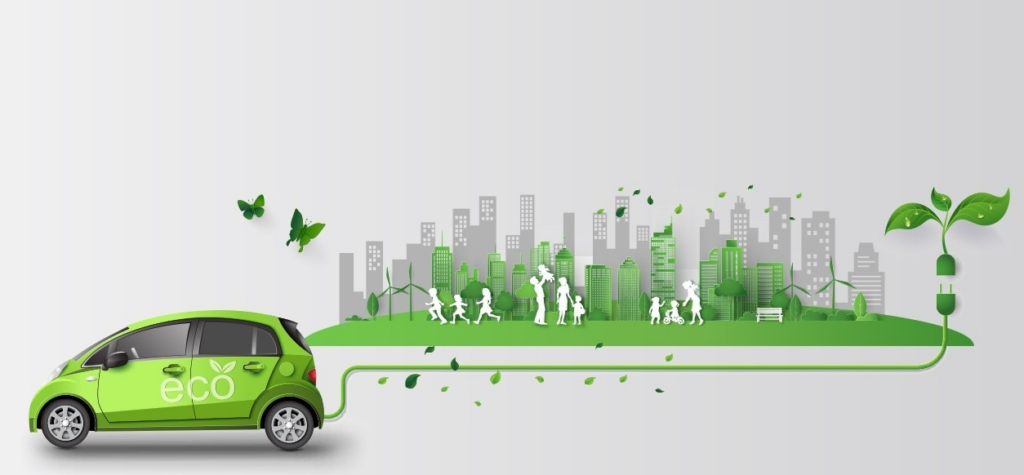The global transportation sector stands on the cusp of a revolution, with green automobiles leading the charge. This movement toward environmentally friendly vehicles reflects a collective effort to reduce the carbon footprint of personal transport and mitigate the impact of climate change. In this article, we examine the advancements and implications of green automobiles, which cover a spectrum from hybrid vehicles to the latest fully electric models.
Green automobiles are designed with efficiency and minimal environmental impact in mind. Hybrid cars, which combine a traditional internal combustion engine with an electric motor, were among the first steps toward greener driving. They offer the benefit of reduced fuel consumption and lower emissions compared to their gasoline-only counterparts. The regenerative braking system in hybrids captures energy usually lost during braking, further enhancing their efficiency.

However, the most significant stride in green automobile technology is the advent of battery electric vehicles (BEVs). These cars run solely on electricity stored in powerful batteries, which can be recharged from the electrical grid. Unlike hybrids, BEVs produce zero emissions at the tailpipe, offering a cleaner alternative for the environment. The rise of BEVs has been bolstered by advancements in battery technology, which have led to longer ranges and shorter charging times, addressing two of the most significant concerns among potential buyers.
In addition to hybrids and BEVs, hydrogen fuel cell vehicles (FCVs) present another eco-friendly option. FCVs generate electricity through a chemical reaction between hydrogen and oxygen, with water vapor as the only byproduct. Though the technology is promising, the scarcity of hydrogen refueling infrastructure has slowed its adoption.
The shift toward green automobiles is not without its challenges. The production of electric vehicles, particularly the mining of lithium for batteries, has raised concerns over environmental and ethical issues. Manufacturers are exploring more sustainable practices, including battery recycling and the use of less harmful materials, to create a more circular economy around green vehicles.
Government incentives and regulations have played a crucial role in accelerating the adoption of green automobiles. Tax credits, rebates, and grants make eco-friendly cars more accessible to a broader audience. Moreover, cities around the world are increasingly imposing stricter emission standards, encouraging both manufacturers and consumers to invest in green technology.

Cultural shifts are also evident, as consumer awareness and demand for sustainable products grow. The automobile industry is responding with a greater variety of green vehicles, from compact city cars to luxury SUVs, making it easier for consumers to find a vehicle that fits their lifestyle while also aligning with their environmental values.
In conclusion, green automobiles represent a transformative trend in the science of transportation. As technology continues to evolve, these vehicles are set to become the norm rather than the exception. With their potential to reduce emissions significantly and lessen our reliance on fossil fuels, green automobiles are a critical component in the drive toward a more sustainable and responsible future. As society continues to embrace these advancements, the horizon looks promising for both the planet and the automotive industry.












